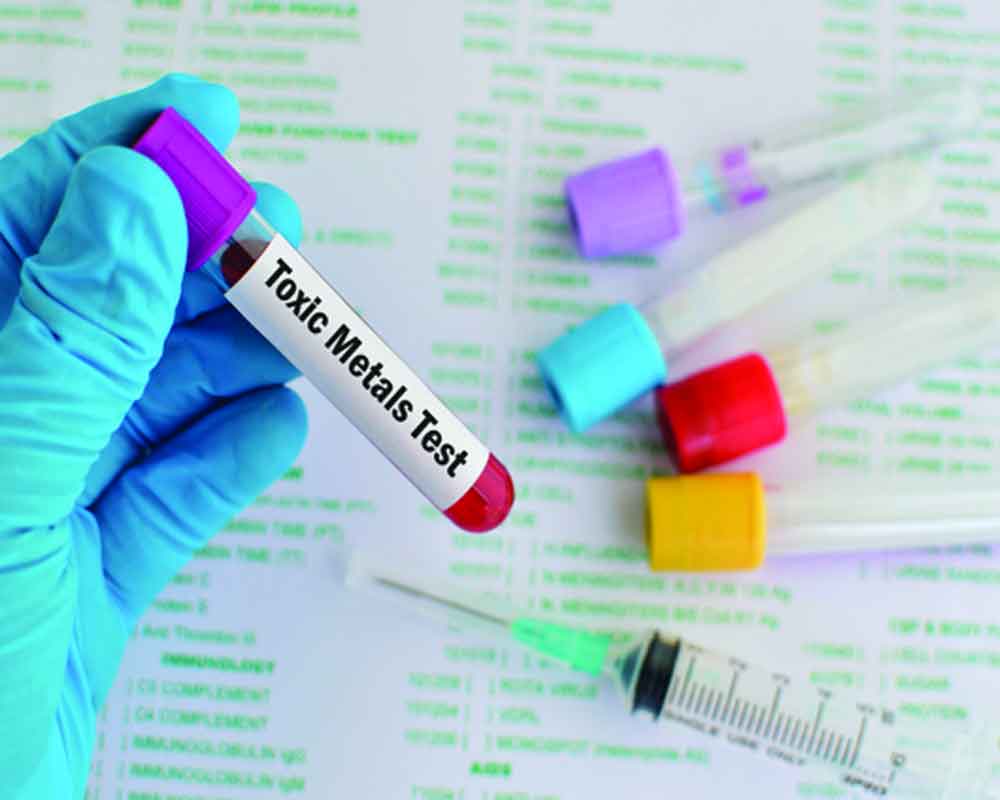Lead is a silent killer and its ever-increasing presence in our food and the environment is alarming. The Government needs to act fast and limit our growing exposure to it before it takes a heavy toll on human lives
Earlier this month, a food manufacturer of a popular brand was pulled up by the Supreme Court for lead content in its noodles. The court put a poser to the manufacturer as to why Indians, especially kids, must eat noodles laced with lead. Earlier, the Food Safety and Standards Authority of India, too, had banned the specific brand of noodles after finding excessive lead content in its product. Elevated lead levels in food products, especially those that are popular among kids, should be unacceptable. This displays the callous attitude of multinational corporations, which put profits and market share before health and well-being of their consumers.
The appreciable stand taken by the apex court earlier may have forced the manufacturer to pull the product from the shelves and submit samples for testing to the Government labs, but the problem of lead exposure is still widespread and hazardous to on’s health.
The gravity of lead exposure can be gauged by the fact that toxic lead affects 1.5 to two million people in India alone. Children are most vulnerable, especially those under six years of age. The process of lead consumption by humans is the most unfortunate: We tend to confuse lead with essential elements like calcium and start using it to make bones, muscles and brain connections. Imagine what will happen if we allow a harmful substance to form the building block for a child’s body.
Already, studies have confirmed the worst fears that Indian children under 12 years of age have a mean blood lead level (BLL) of 10 µg/dl, which is twice the level considered as “action level” in the US. The poor IQ of children due to such high levels of lead is resulting in a loss of $236.1 billion (12.5 per cent of India’s GDP) in economic productivity every year. The lead content in noodles is only the tip of the proverbial iceberg. Lead exposure in India occurs from paints, canned food, old pipes in the drinking water system, cosmetics, indigenous medicine systems and battery and plastic recycling industry.
Motor fuels, too, contribute to lead exposure levels. Given the wide area of lead exposure sources, one question that comes to mind is: Where’s the Government’s audit of all these possible sources? And if an audit is already in place, why have we, the citizens, not been made aware of the risks from lead exposure?
Lead poisoning is one of the most common diseases of toxic environmental origin and accounts for about 0.6 per cent of the global disease burden. Lead is a naturally occurring heavy metal found in the earth’s crust. It is soft, malleable, melts at a relatively low temperature, is easily moulded and can be combined with other metals to form alloys. Given these favourable properties, it is widely used in many products such as lead-acid batteries for motor vehicles, pigments, paints, solder, stained glass, lead crystal glassware, ammunition, ceramic glazes, jewellery, and toys and in some cosmetics too. The Government has to clamp down on those products that have higher than the advisable limit of lead content.
Lead is a cumulative toxicant that increases in quantity in the body over the years and adversely affects multiple body systems — neurologic, hematologic, gastrointestinal, cardiovascular and renal. While children can suffer from permanent adverse health effects, adults, when exposed to lead, are at an increased risk of developing high blood pressure and kidney damage. Exposure of pregnant women to high levels of lead can cause miscarriage, still birth, premature birth, low birth weight and malformations.
Lead has no essential role in the human body and no safe level of exposure has been established so far. Even blood lead concentrations as low as 5 µg/dl may result in decreased intelligence in children, behavioural difficulties and learning problems. Hence, prevention from exposure is important.
Apart from human health risk, environmental damage due to lead is also occurring through mining, smelting, manufacturing and recycling activities, continued use of leaded paint, gasoline and aviation fuel. It is high time that we rein in its use.
The phasing out of lead from petrol is a major international public health achievement but global consumption of lead is still increasing because of high demand for energy-efficient vehicles. Yet another area of contamination is paint that is high in lead content. This can cause a long-lasting hazard to health for all age groups. Since leaded paint is a continuing source of exposure in many countries, the World Health Organisation, along with the United Nations Environment Programme, formed the Global Alliance to Eliminate Lead Paint. Its broad objective is to promote a phase-out of the manufacture and sale of paints containing lead and eventually eliminate the risks involved with it. Lead is a silent killer and its ever-increasing presence is alarming. The Government needs to act fast and limit our growing exposure to it.
(The writer is an environmental journalist)


























